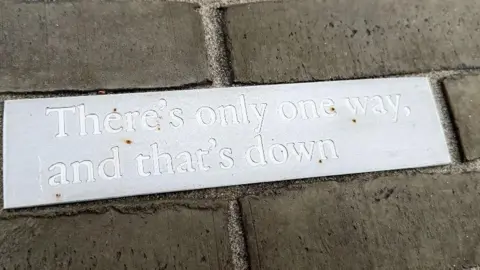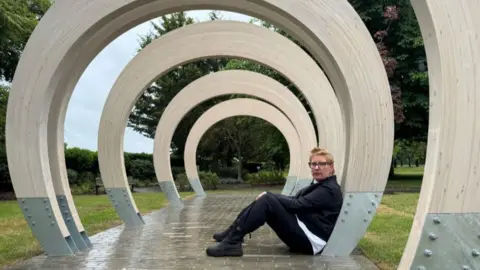D-Day tribute sculpture unveiled at former RAF base
A memorial sculpture which commemorates servicemen who played a crucial role in the D-Day landings has been unveiled at a former RAF base.
The sculpture was inspired by the wooden Horsa gliders, an aircraft which delivered troops and equipment behind enemy lines during World War Two.
It was unveiled at the Harwell Science and Innovation Campus, the former site of RAF Harwell, where the glider unit was stationed.
Crews took off from the base on the night before D-Day as part of Operation Overlord, the Allied invasion of Nazi-occupied France on 6 June 1944.
 Alamy
AlamyThe sculpture honours the 6th Airborne Division, the No. 38 Group RAF, and the Glider Pilot Regiment.
The division played a crucial role in the D-Day landings, carrying servicemen including members of the Oxfordshire and Buckinghamshire Light Infantry to Normandy.
Those forces were involved in quickly securing Pegasus Bridge, near Caen, which protected the eastern flank of the D-Day landing zone.
 PA Media
PA MediaThe central form of the sculpture was designed to echo the glider's fuselage, which could hold up to 28 servicemen.
It's estimated that 3,800 Horsa gliders were built during the Second World War, constructed almost entirely from 3-ply timber, mainly in furniture workshops.
The 6th Airborne Division remained on the front line for 82 days. They suffered 4,457 casualties - 821 killed, 2,709 wounded, and 927 missing.

Sculptor Charlotte Holmes said: "Their bravery and the inevitability faced by those involved is just breathtaking.
"What struck me... was that because it's a glider with no engine, there is no turning back."
"It was an honour to commemorate the men who took off from Harwell 81 years ago."
Major James Sibbald, from the Royal British Legion, said the sculpture was a fitting tribute to the servicemen from the glider regiment.
"RAF Harwell is still here in the heart of the Harwell campus," he said. [The sculpture] is vital to show the commitment that our forces had and the memory of their actions".

You can follow BBC Oxfordshire on Facebook, X (Twitter), or Instagram.
